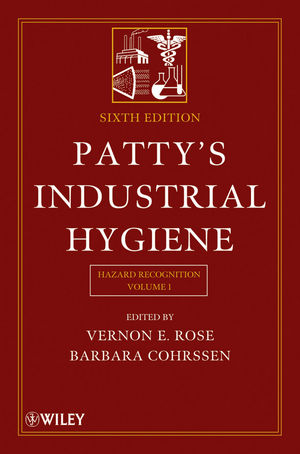1 Educate managers, supervisors and employees that robust reporting of safety-related incidents leads to understanding, recognition, prevention and reduction of injuries, property damage, close calls, and related costs.
2 To gain essential top management support for robust incident reporting, explain how the quantity and quality of reporting is an excellent measure of your organization’s culture. A high, steady volume of reports from all levels of your organization indicates an open, fair, responsive and proactive culture. A dearth of reports reflects a fearful, punitive, unresponsive and reactive culture.
3 Ask yourself and a focus group of employees does your current system for reporting incidents lead to injury reduction or injury concealment?
4 Define what types of incidents you expect to be reported on a routine basis. Are you interested in collecting and analyzing information only for incidents resulting in OSHA recordable injuries? What about incidents resulting in no injuries? Close calls? Property damage only? Work conditions that expose employees to risk? What about potential incidents prevented by the quick thinking of employees? Do you want to focus only on negatives, or positive reports of safety interventions?
5 Whatever you decide, be sure all levels of your organization are clear on the types of incidents that trigger your reporting system.
6 Consider starting out with more narrowly defined reporting expectations, and then expand to cover a broader range of incidents as your organization gains trust in your reporting system.
7 To build trust, managers and supervisors must be explicit in ensuring employees that reporting incidents will not lead to a blame game and fault-finding.
8 Top management must be willing to address and remedy all safety problems and operational shortcomings as soon as they become evident.
9 Be upfront and clear on exceptions to this general policy, such as premeditated or intentional acts of violence against people or damage to equipment/property; and actions or decisions involving a reckless disregard toward the safety of employees or significant economic harm to the organization.
10 To build trust, present employees with evidence that reporting incidents leads to positive changes in safety systems and/or work conditions.
11 One way or another, it’s imperative to convince employees and managers and supervisors that reporting incidents makes a difference.
12 Offer employees more than one way to report safety-related incidents.
13 Consider allowing employees to file incident reports without signing them.
14 Design a simplified, anonymous check-box form for reporting incidents.
15 Hold brief “safety huddles†at the end of shifts where employees can report incidents, near incidents, and risky situations.
16 Encourage employees to report incidents and safety issues during executive safety walkarounds and regularly scheduled safety audits. Managers and supervisors should be empathetic, “active†listeners when issues and reports of incidents are aired.
17 Use an electronic format for reports.
18 Install a toll-free telephone hotline for reporting.
19 Designate one person often a safety and health manager to review all incident reports, within a specified number of hours, and prioritize them for action.
20 It is this person’s responsibility to relay all incident reports to appropriate supervisors and managers for possible immediate action.
21 Provide employees with ongoing feedback on the status of investigations and/or corrections resulting from incident reports they filed.
22 Track continuously all incidents reported and recorded each month on a spreadsheet that documents the status of reports from initial receipt to final resolution.
23 Be transparent make this tracking information accessible to all employees.
24 Track and post for employees trends in incident reporting over time.
25 Explain to managers, supervisors and employees that clear evidence of a positive culture change in the organization lies in the magnitude of the overall increase in incident reporting.
26 Don’t inflate reporting numbers and dilute the value of reports by setting the bar too high, too fast, in terms of quotas or goals. Don’t turn reporting into another numbers game.
27 Don’t go overboard with expensive rewards for reporting incidents. In one healthcare study, only nine percent of physicians and nurses at a children’s hospital said rewards would lead to increased reporting of medical errors.
28 Think long and hard before forcing incident reporting by making it mandatory. In the same healthcare study, only 21 percent of practitioners said making reporting mandatory would lead to greater reporting.
29 Study recent efforts by healthcare organizations (hospitals, outpatient centers, etc.) to reduce medical errors and improve patient safety through increased error reporting. Dr. Lucian Leape reported to Congress in 1999 that only two to three percent of major medical errors were reported through hospital incident reporting systems. Making it safe for healthcare professionals to report incidents runs up against a history in healthcare to identify and assign blame rather than to develop safer systems.
30 Study the aviation industry’s success in boosting incident reporting. The Aviation Safety Reporting System has grown in more than 20 years of use to the point that more than 300,000 reports of safety incidents have been made.
Incentives and Recognition: 30 ways to increase & improve incident reporting


